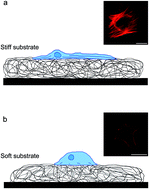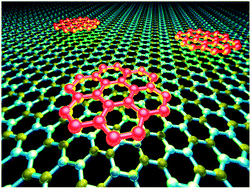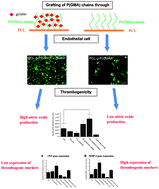
(From top to bottom) 1st, 2nd & 3rd placed prize winners: Hilary Marsh, Ivan Kassel and Xiaodan Gu receiving their poster prizes from Peter Skabara
Journal of Materials Chemistry C are delighted to announce the Poster prize winners at the XPV 2014 conference which took place at Telluride Science Research Center, Colorado, USA from the 12th – 15th August this year.
The conference brought together leading researchers in the field of excitonic solar cells with the intention of generating discussions of the global energy outlook and the potential impact of emerging exciton-based PV technologies. Topics discussed during the four-day conference included: materials design, synthesis, and growth; combinatorial materials development (both experimental and computational); photophysics and exciton dynamics; charge generation, transport, and recombination studies; models of device physics; interface and electrode optimization; multijunction device architectures; and novel photophysical mechanisms such as singlet fission.
Journal of Materials Chemistry C poster prize winners from left to right: Ivan Kassel, Xiaodan Gu and Hilary Marsh
The posters were ranked by the invited speakers with the following 1st, 2nd and 3rd place prizes being awarded to: Hilary Marsh (University of Colorado, Boulder), Ivan Kassal (University of Queensland) and Xiaodan Gu (Stanford University).

















